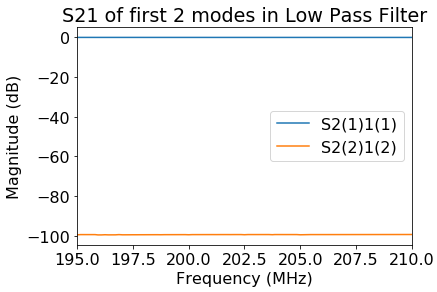Geneva ---> CERN

What do you call someone who speaks three languages?

Trilingual.
What do you call someone who speaks two languages?

Bilingual.
What do you call someone who speaks one language?
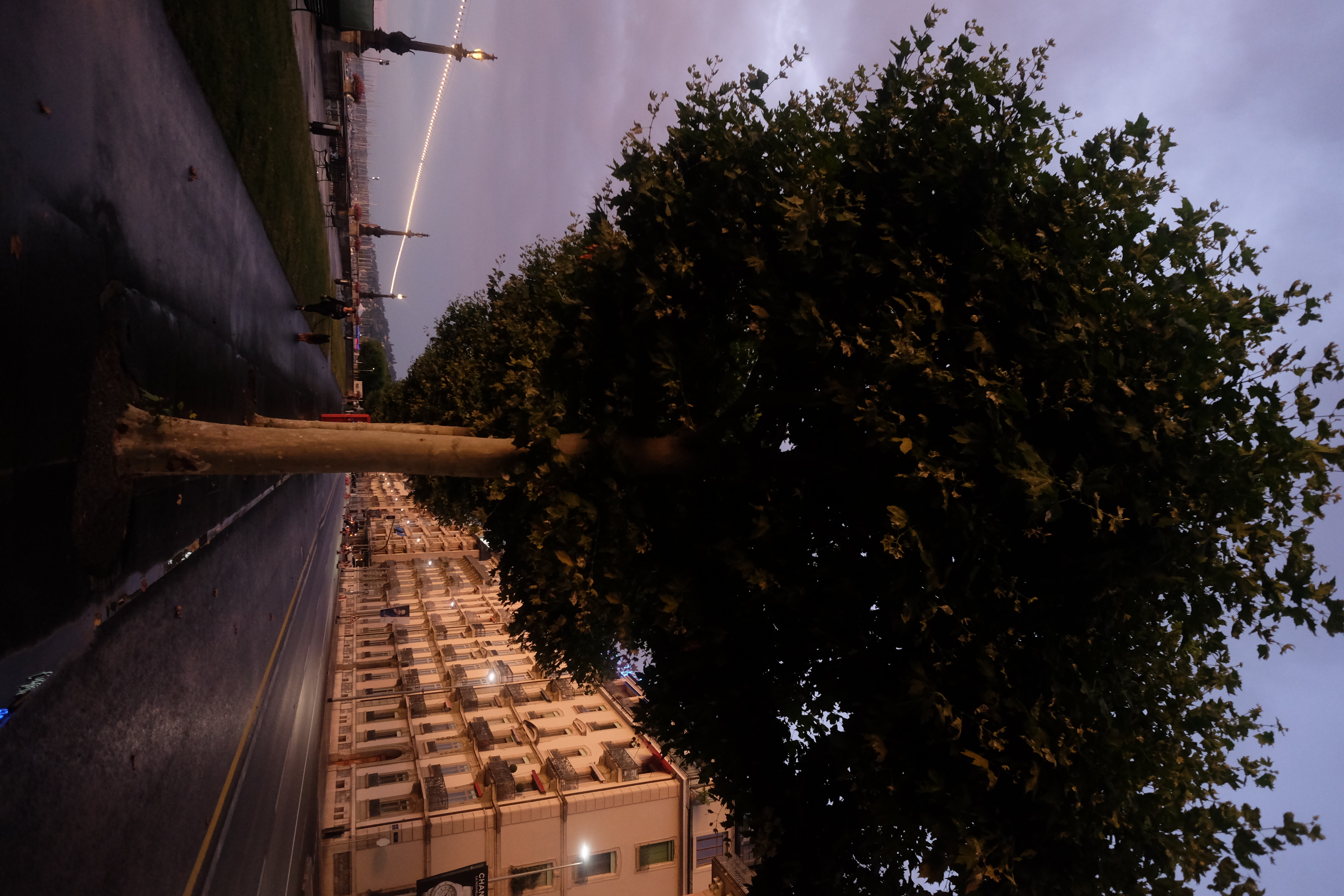
American.

I got that from a Swiss guy we met on Friday named Elliot.


There are so many things that I will miss about Geneva. The people are certainly one of them.
And the Jet d'Eau is the rest.

But this place actually is unreal, especially in the summer.
If I don't come back, something has gone terribly wrong.
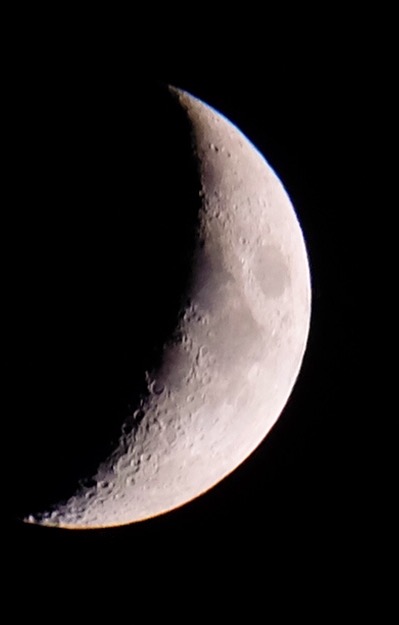

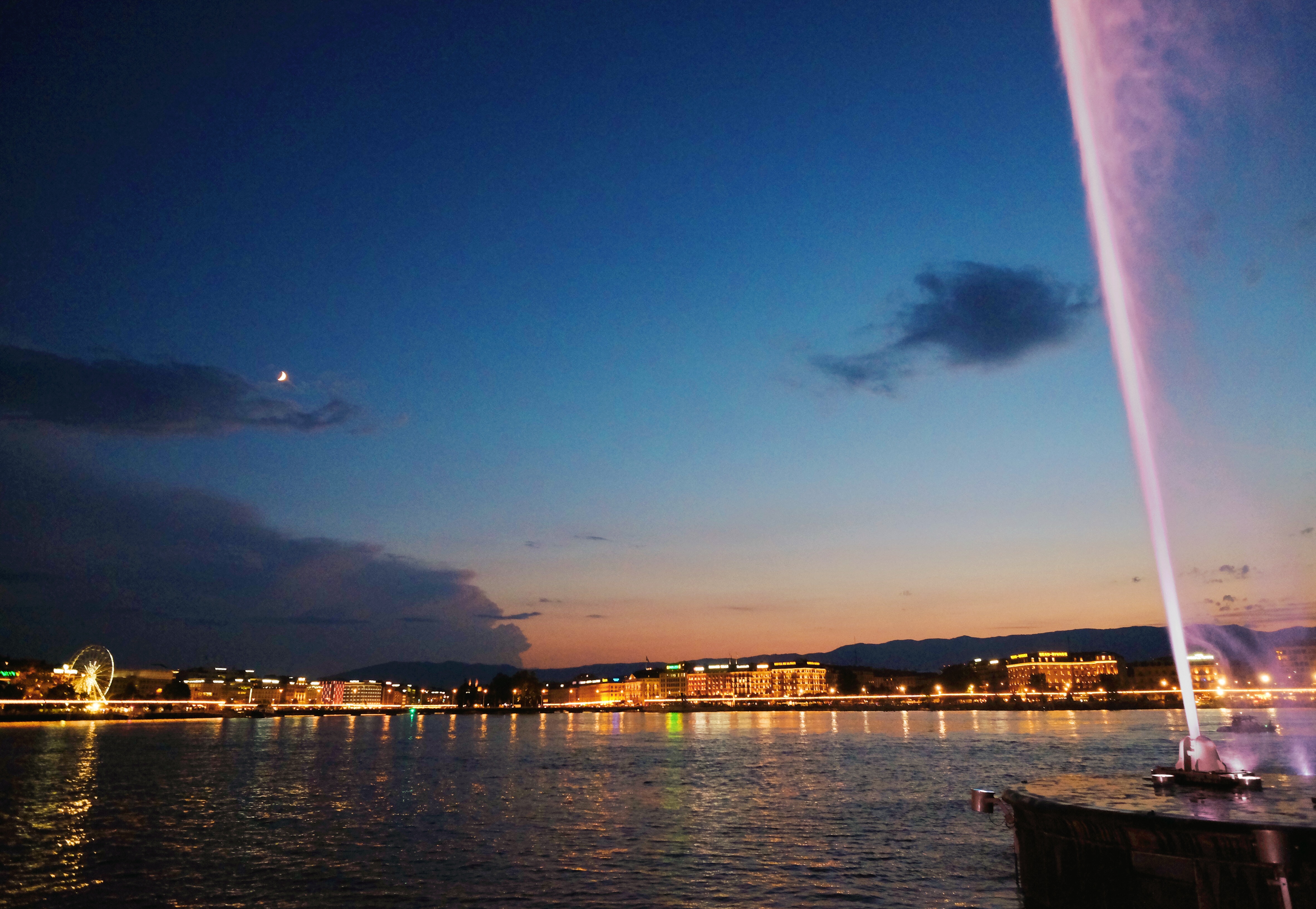
It was only fitting that on our last night in Geneva, there were fireworks.

It's important to go out with a bang. Odds are you will remember the beginning and the ending of things far better than the middle.


This is actually a real thing called the serial position effect.

As if I'll forget the middle.

On Sunday, we all moved out of Rue Muzy.
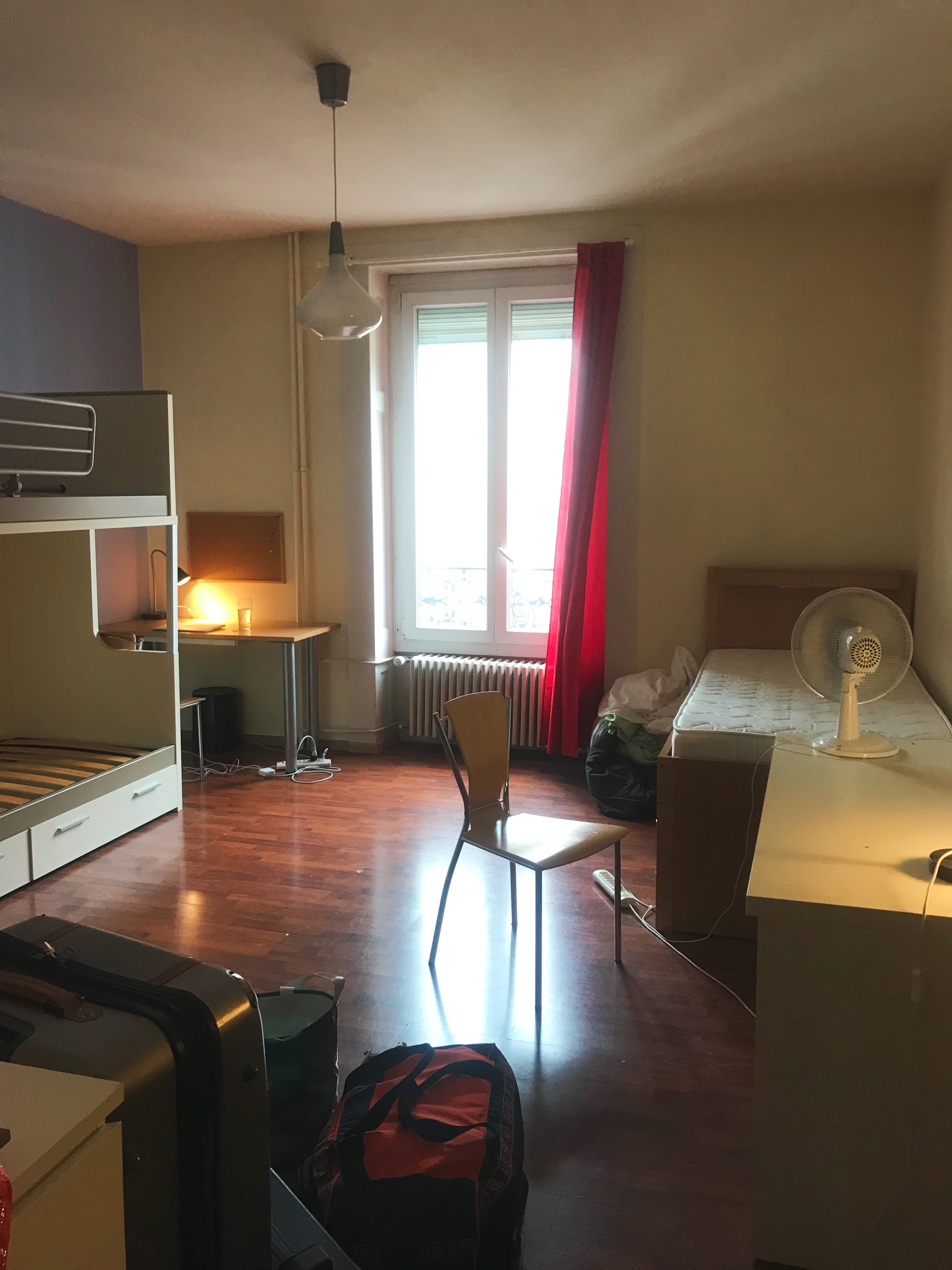
It was a sad day.
The avocado finally made it to the courtyard, where it will continue to grow big and strong in the ground with my other plants.

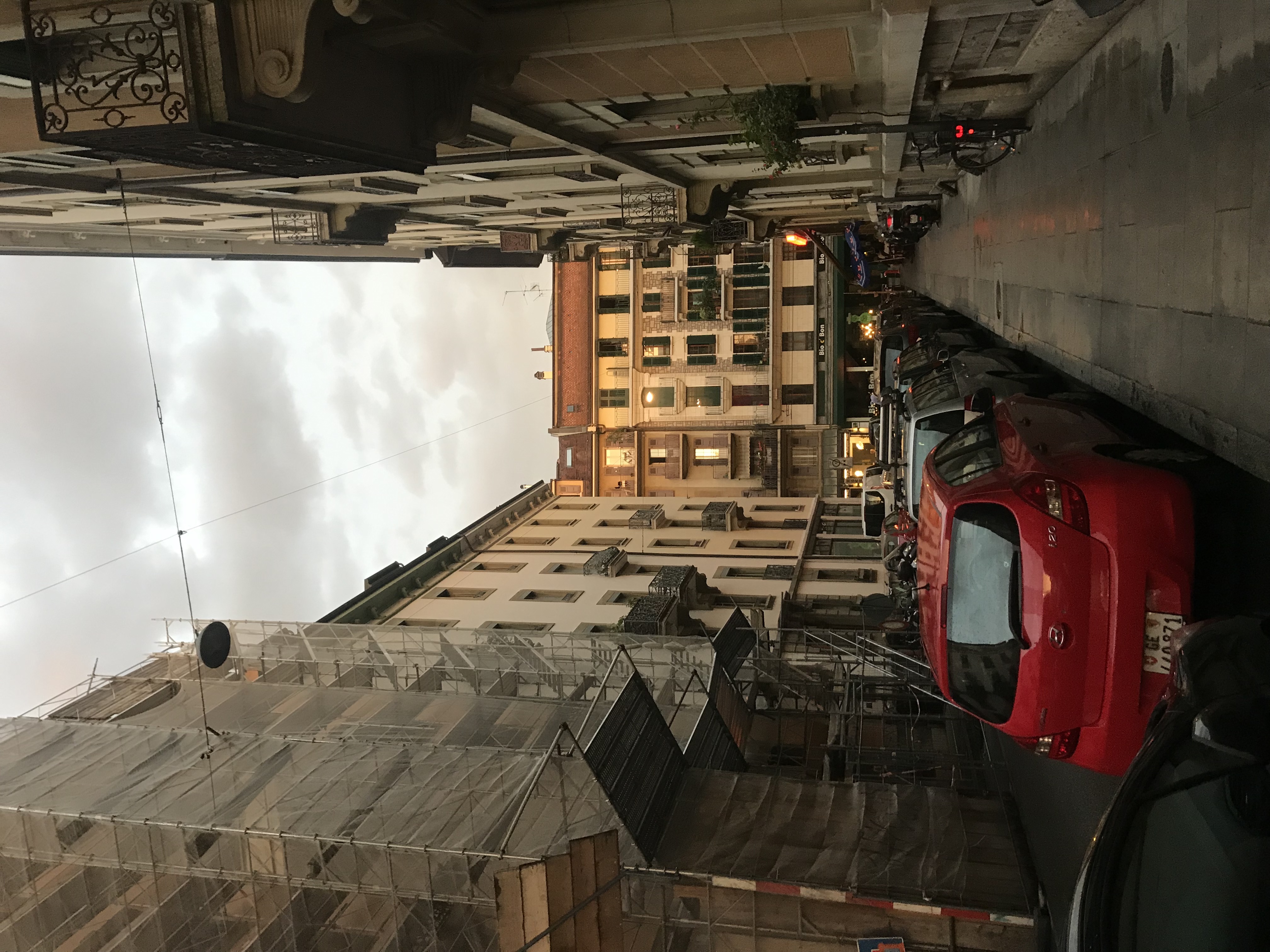
It was an absolute nightmare carrying three bags and a guitar onto the TPG and all the way to CERN. And to make things worse, the wheel of my big suitcase broke off en route.
It's okay though. I never have to make that godforsaken commute again and now I have a big bright view of building 40 to wake up to in the morning.
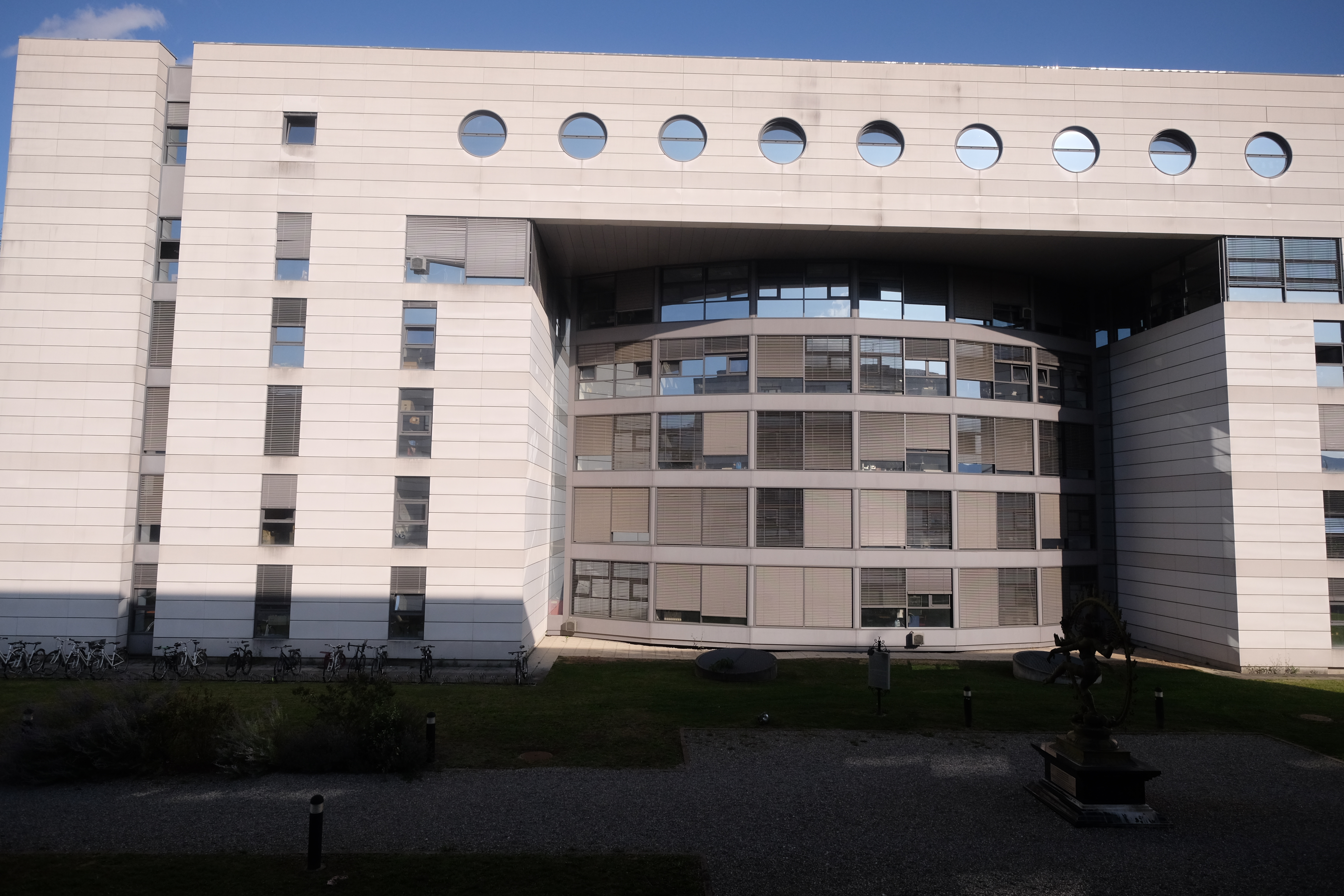
10 More Days at CERN
This past week I've been looking at the radio frequency power supply line of the 200 MHz cavities. Specifically, the part of the line right before entering the cavity that acts as a low pass filter. It's purpose is to keep components of the electromagnetic field that aren't oscillating at 200 MHz from entering the cavity.
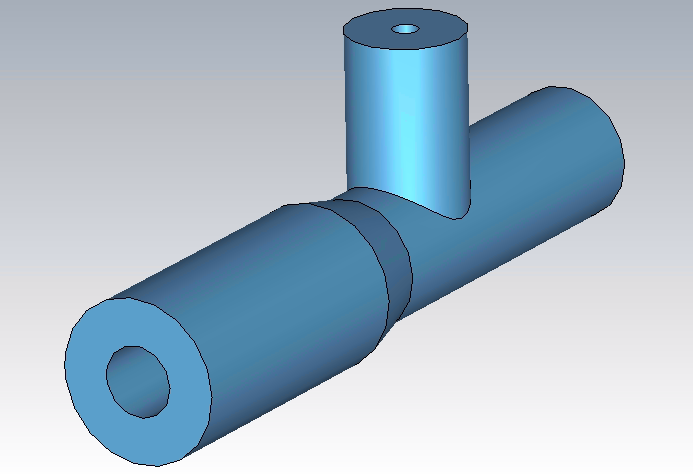
Right now it looks like this ⇧, with the wide part leading to an RF generator at the surface, and the thin upward part leading into the cavity. The other part that sticks out acts as a short, and prevents high frequency modes from entering the cavities... Or at least its supposed to.
The beam dynamics team has identified a mode at 915 MHz that is entering the cavity and causing some perturbations in the beam. It could be the same octupole mode that we found in my Fourier analysis (last week), but we're not really sure yet.
We're trying to keep this mode from getting into the 200 MHz cavity by improving the filter. To do this, we first tried adding an additional short.
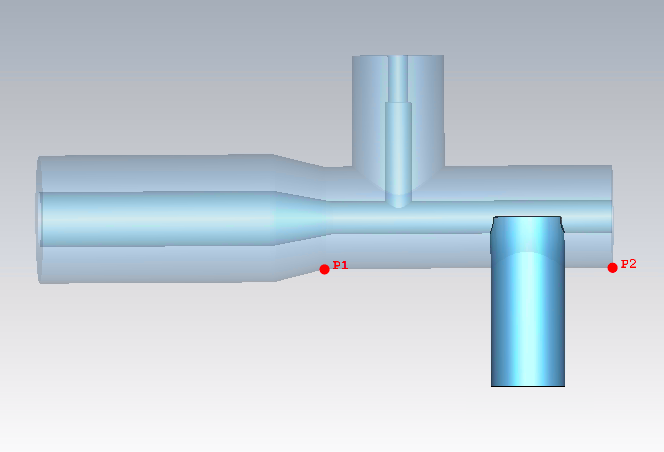
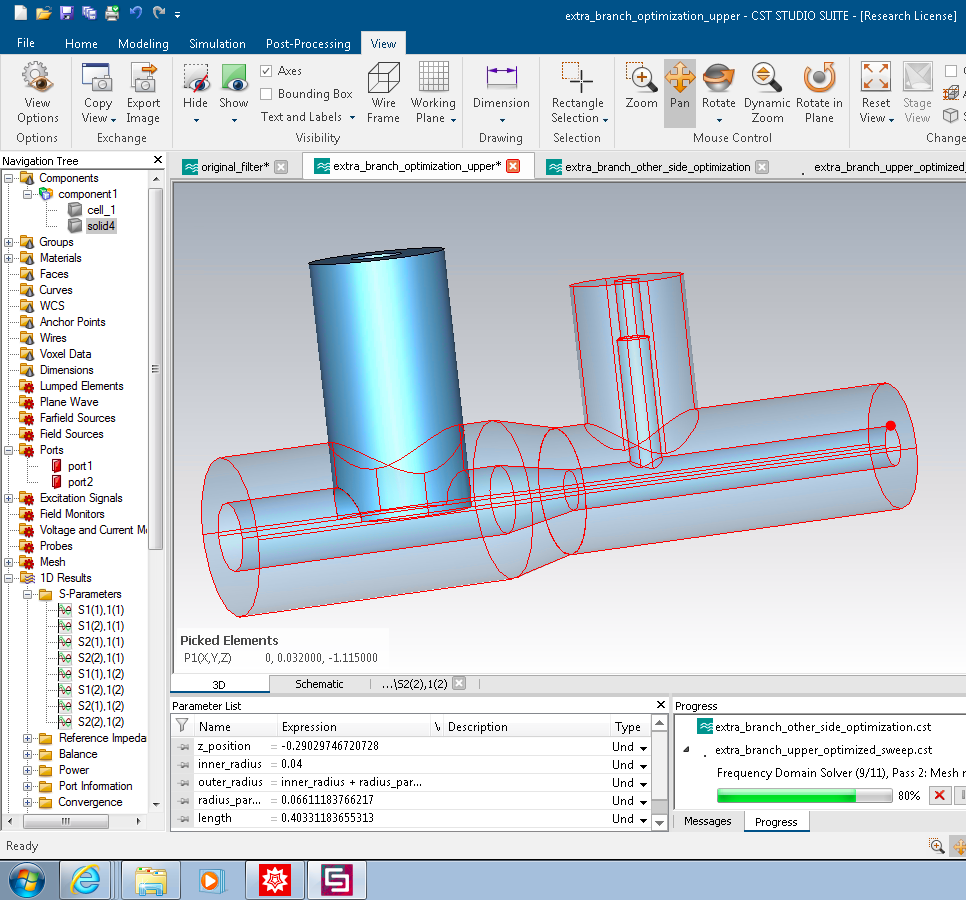
I've been running optimization simulations to try and figure out where the best spot is and what the best shape is for the short. Basically the computer tries all the possible combinations of shapes and sizes and tells me which combination is doing the best job based on the criteria I give it. Pretty cool.
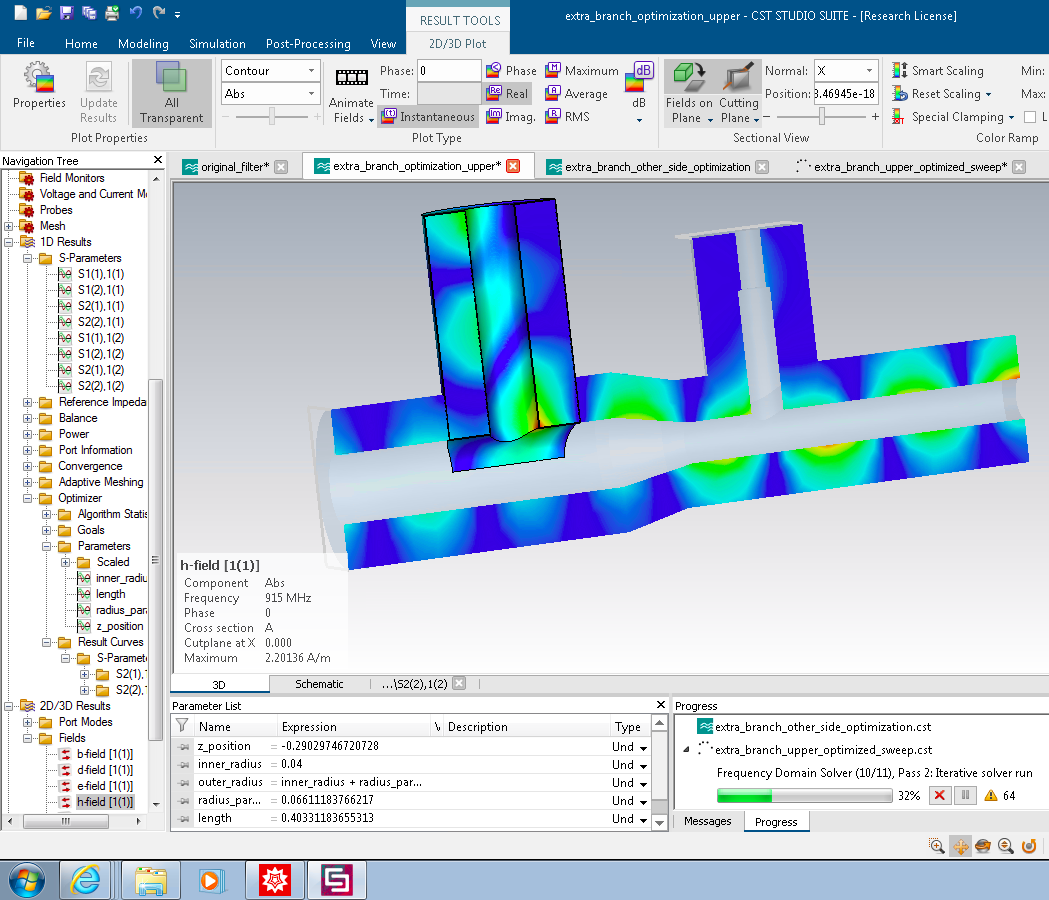
Hopefully this simple idea of adding the right short in the right spot will work. It looks promising, but you never know. Only time (and more simulations) will tell.
Here's a screenshot of the filter model attached to a 200 MHz cavity section.
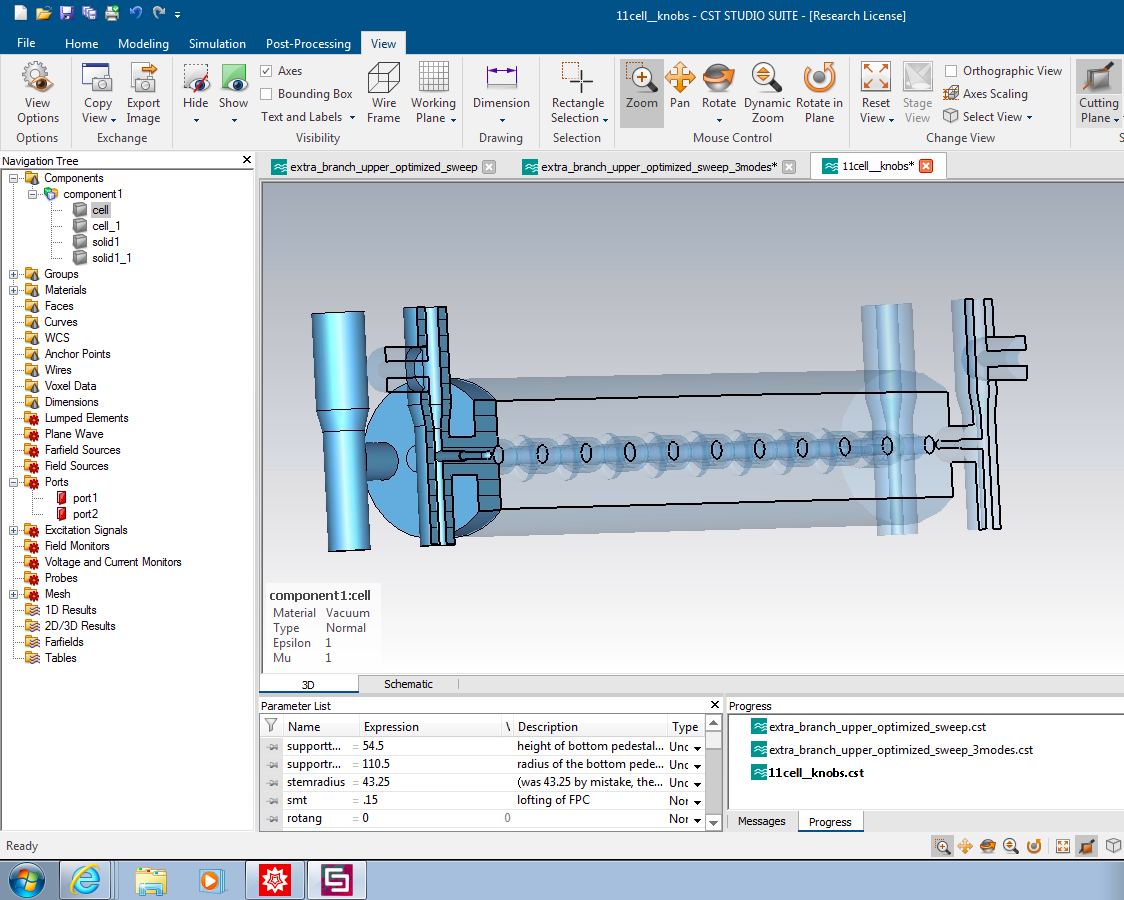
And here's an S-parameter plot of the transmission into the cavity at 915 MHz. -40 dB corresponds to about only 0.01% of the field making it through, which is quite good.
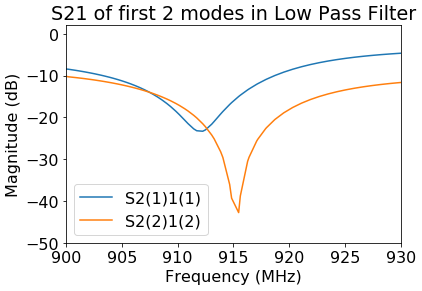
And nearly 100% of the field is getting through in the accelerating mode at 200 MHz, which is what we need to happen.
